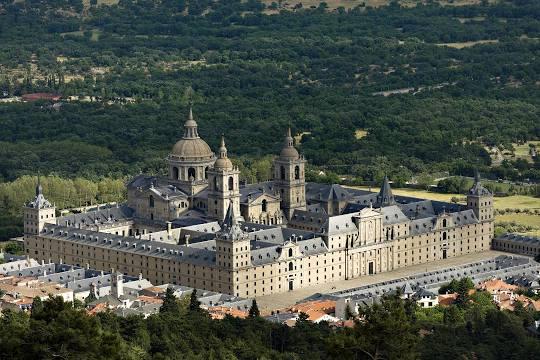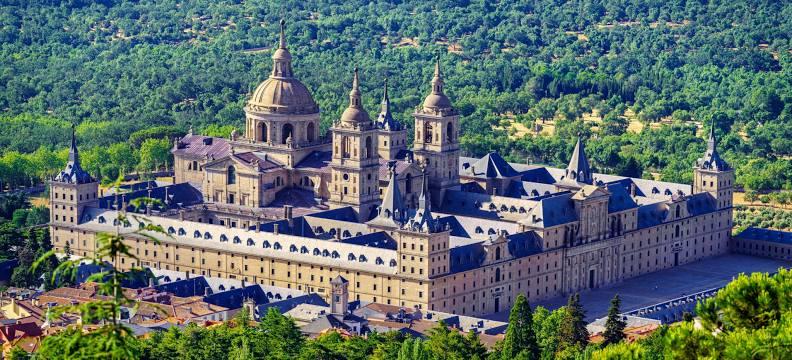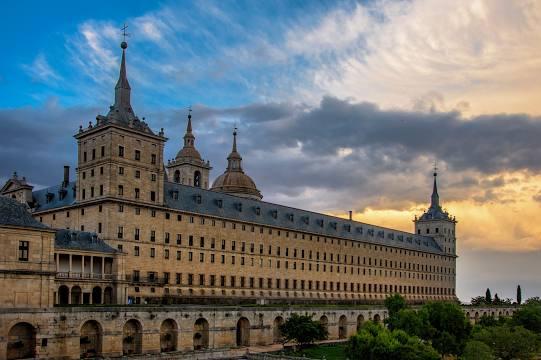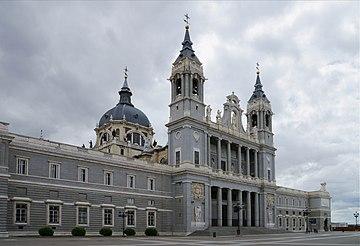El Escorial is located in the Autonomous Region of Madrid, at the foot of the Sierra de Guadarrama mountain, consisting of a monastery, palace, library and other parts, King of Spain II. Religious-cultural building used as Felipe's residence. It has been on the UNESCO World Heritage list since 1984.
El Escorial
MadridOn August 10, 1557, the Spaniards took St. After defeating the French army at the Battle of Quentin, King of Spain II. Felipe will symbolize the strength of the Spanish monarchy and its weapon in honor of the Saint, as an expression of gratitude for this victory on the day of St. Lawrence, and St. Quentin decides to build a monastery to immortalize his victory.
Over time, the monastery project grows in parallel with the meanings that are intended to be attributed to the building. Beyond introducing the idea of a dynastic pantheon, as Karl V. willed, it is aimed to carve the political doctrine of the Spanish absolutism into stone by bringing together the monastery and the royal palace. On the other hand, II. Felipe is introverted, melancholic, overly religious and ill-healthed, despite his devotion to St. Lawrence, seeking a place where he can rest from the rigors of running a great empire, surrounded by priests, not his entourage. For this reason, the building should be located closer to a monastery belonging to the order of St. Jerome than a king's palace.
The construction of El Escoral begins in 1563. The chief architect of the project is Juan Bautista de Toledo, who was a student of Michelangelo. However, upon the death of Juan de Toledo in 1569, Juan de Herrera took over the business and finished it on December 13, 1584.
II. Felipe strictly follows the work both in the project and in the construction phase. For the interior decorations of the building, the most skillful workers with the best materials are brought from the Iberian Peninsula and other countries. The marble used is procured from Aracena, the sculptural works are ordered to Milan, and the bronze and silver works are done in Toledo, Zaragoza and Flanders.
When the construction of the building is completed, II. Felipe collects here the best works of Spanish and European painters, as well as numerous books and manuscripts. II. After Felipe's death, his heirs continued to develop El Escorial's collections of paintings, books and manuscripts. Today, El Escorial hosts the best works of painters such as Tiziano Vecellio, El Greco, Francisco de Zurbarán, Jusepe de Ribera, Tintoretto and Coello.
Address
Av Juan de Borbón y Battemberg, s/n, 28200 San Lorenzo de El Escorial, Madrid, Spain




